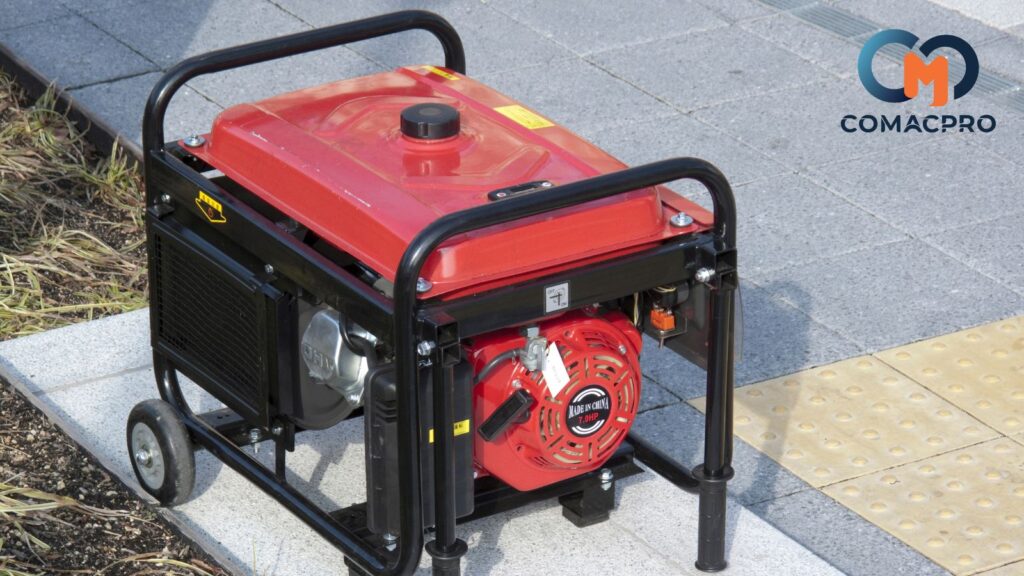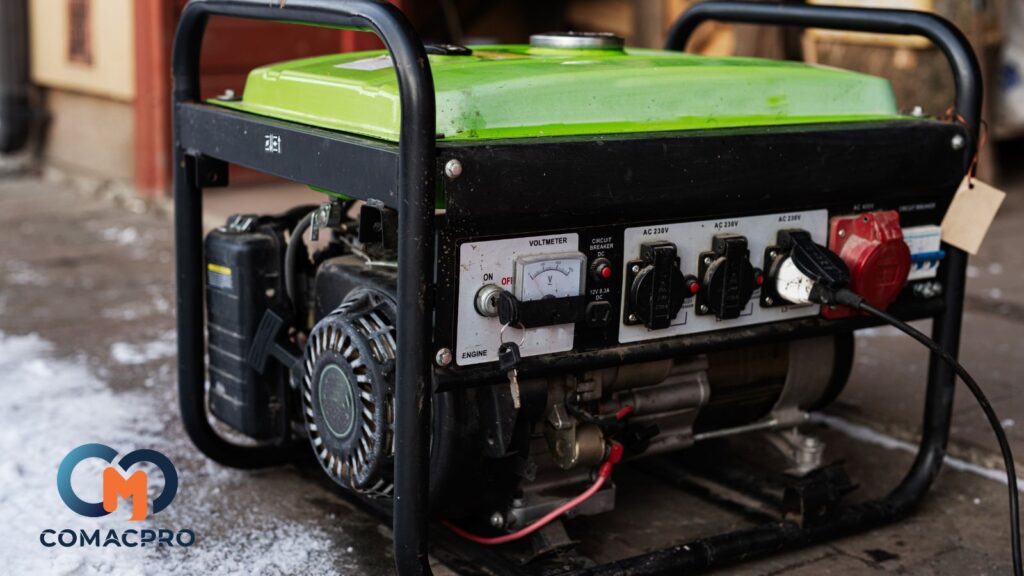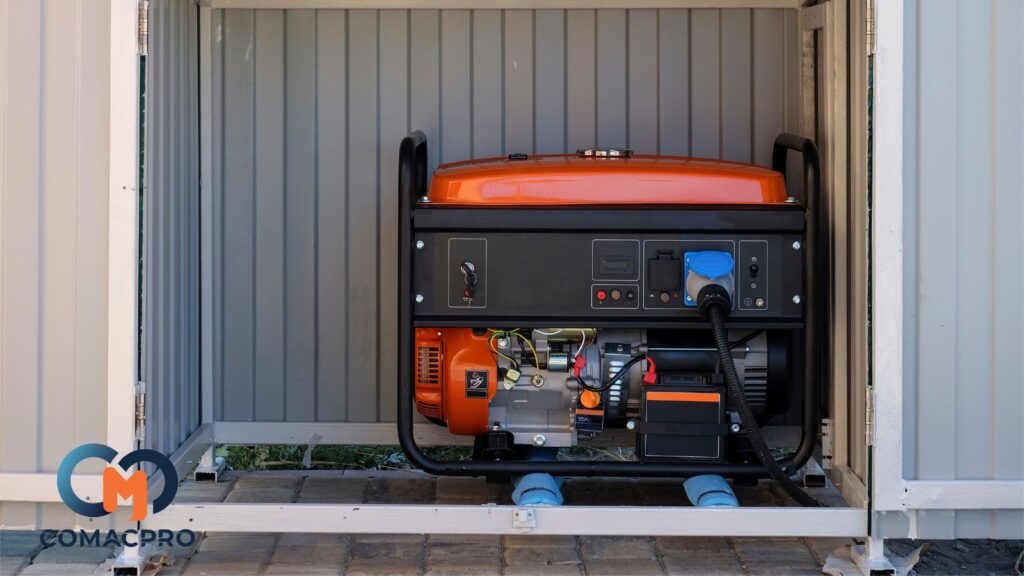To meet user demands, generators have become increasingly popular with a wide variety of models available. However, not everyone understands how to classify generators in order to choose the most suitable one for their specific needs. The article below outlines the key criteria for classifying generators, which will surely be helpful to you.
Classification by Output Power

Generators are classified by output power to suit different types of users:
- Residential generators typically have an output of less than 10kW, while industrial generators have outputs over 10kW.
- Low power: Suitable for households with basic needs such as lighting and fans.
- Medium power: Ideal for small businesses or temporary construction sites.
- High power: Used in large industrial zones or to supply electricity to entire buildings or apartment complexes.
Classification by Type of Current
There are two basic types: direct current (DC) generators and alternating current (AC) generators. Each type operates based on a different principle.

DC Generators
DC (Direct Current) generators produce a unidirectional electrical current. The generation process is based on electromagnetic induction, converting mechanical energy into electrical energy.
Due to their relatively complex structure, DC generators are primarily used in transportation, the chemical industry, and for charging electronic devices or lighting. They also serve as a backup power source during outages.
AC Generators
AC (Alternating Current) generators produce a bidirectional current. Like DC generators, they also operate based on the principle of electromagnetic induction.
When the number of magnetic flux lines passing through a coil alternates, the induced current in the coil also changes direction. This alternation can occur due to either the coil or the magnet rotating. A continuous cycle of this process generates alternating current.
Classification by Fuel Type

Generators can use various types of fuel to convert mechanical energy into electrical energy.
The most common types of fuel today include:
- Diesel generators: These have high power capacities such as 100kVA, 200kVA, 300kVA up to 1000kVA, making them suitable for buildings, offices, and construction sites.
- Gasoline generators: Typically have lower power capacities ranging from 2.6kW to 5kW, suitable for households, offices, or small businesses.
- Biogas generators: Mainly used in farms and factories.
Understanding the classification criteria of generators makes it easier for you to choose the right machine for your specific needs. Hopefully, this article has provided you with useful knowledge.
Vietnam’s largest equipment purchasing platform – Comacpro
Headquarters: ACCI Building, 210 Le Trong Tan, Thanh Xuan District, Hanoi City
Southern Office: Eco Green Saigon, Nguyen Van Linh Street, Tan Thuan Tay, District 7, Ho Chi Minh City
Northern Hotline: 0865.919.939
Southern Hotline: 0865.1515.06
Email: [email protected]
Website: https://comacpro.net
Youtube: https://www.youtube.com/@ComacProOfficial